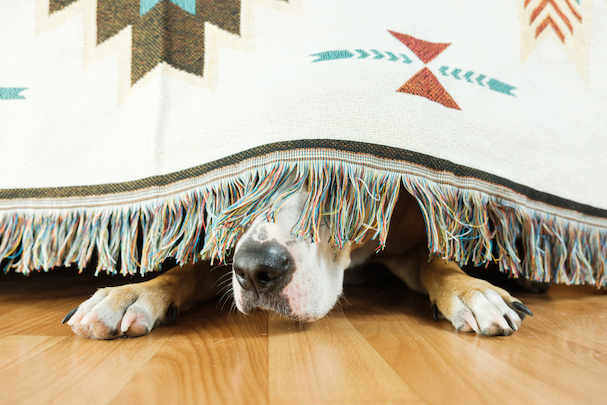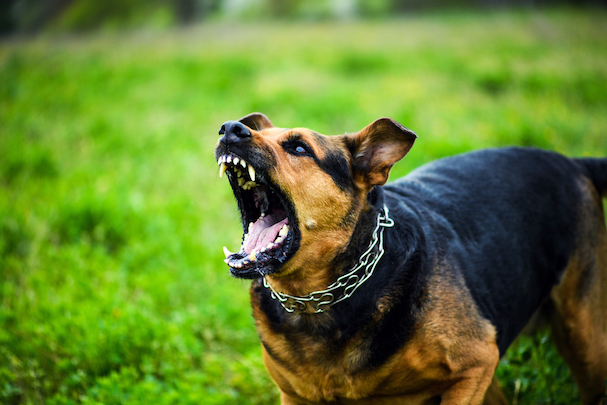Every dog has a fight or flight response in certain situations. It’s important to understand what these 2 responses are, as well as how to identify them. Once you can identify them, you can then work with your dog to overcome these responses in severe circumstances. In order to understand the dog flight or fight response, you have to know what it is, the signs, and how to train them.
What is it?
As mentioned above, every dog has these 2 responses, which is normal. We as humans have this response as well. However, some dogs have a worse case than others. This can potentially lead to the worse case scenario: your dog running away or hurting someone.
When we end up in a situation where we deem it life or death, we’re either going to run or put up our fists. At this point our bodies are high on adrenaline. This is the same case for dogs when they get really scared. They will either run or try to bite.

Signs
The identifying factors are not that hard to figure out once you see it happening.
- The first thing you’ll probably notice is if they’ll stand their ground or not. If they run away or try to hide, then they’re in flight mode. If they stand their ground and look at you, they’re in fight mode. If they’re in fight mode, they may lunge out and bite.
- Very serious growling. When dogs are really scared their growls sound completely different when they’re playing or if they see a squirrel, for example.
- Their hair will stick up on their back.
- Their tail will be between their hind legs.
- And their teeth may be showing.

Training
It’s important to understand that this response will never disappear, but it can helped with consistent training. Every dog is different with this response; some may have a small problem, while others may have a more serious problem. It’s important to identify what triggers your dog so you can help them not be so fearful. In order to help them, you need to consistently work on basic commands, as well as adding difficulty to each command.
My dog, Knut, has had the flight response ever since I adopted him as a puppy. He was very shy and fearful. He did get used to everyone in the home, but when people would come over to visit, or we were on a walk, he would go into flight mode.
He would try to hide, and he was very alert on walks always checking if anyone was out to get him. It got so bad that he would poop himself. At this point, me and my family decided he needed to do some serious training. We worked on basic commands and more, but it was difficult. So we ended up getting help from a professional trainer. I’m happy to say that Knut is a lot better now, as he’s less shy and fearful. But he still has that fear response. He always will.

If you have a dog that has a serious case of fight or flight, I highly recommend getting professional help. Your dog could end up running away for days, or they could hurt someone/another pet. Ask your vet for training/trainer suggestions.

